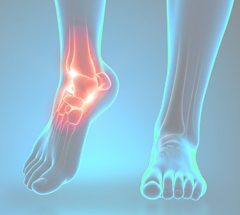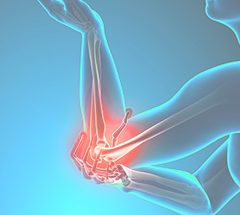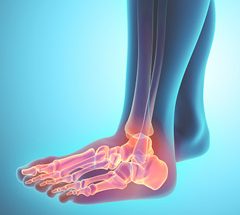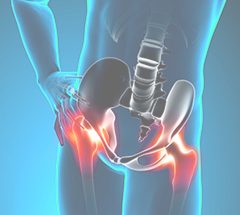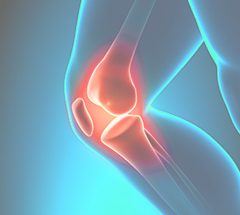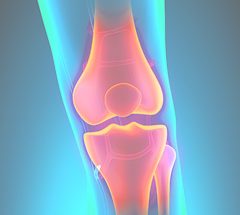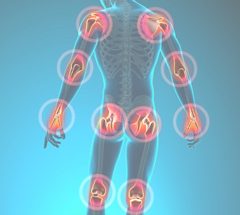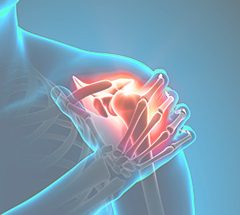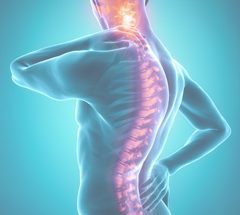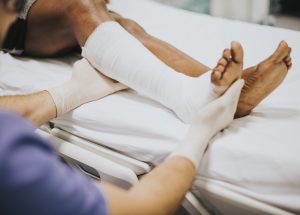Total Knee Replacement
Total knee Replacement is one of the most effective operations in all of orthopedics. The goal of this procedure is to reduce pain from arthritis. The most common conditions leading to a knee replacement are osteoarthritis, post-traumatic arthritis, and rheumatoid arthritis. Knee replacement involves replacing the joint surfaces where the cartilage has been damaged with metal and plastic components. The amount of bone removed in a knee replacement procedure is typically only about 9-10mm.
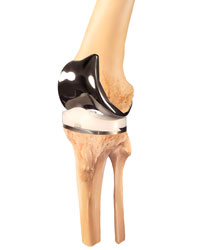 Minimally invasive surgery (MIS) techniques have transformed knee replacement surgery. We are now able to perform the procedure through a smaller incision with less muscle damage due to improved instruments and techniques. This has led to less postoperative pain and a quicker recovery.
Minimally invasive surgery (MIS) techniques have transformed knee replacement surgery. We are now able to perform the procedure through a smaller incision with less muscle damage due to improved instruments and techniques. This has led to less postoperative pain and a quicker recovery.
Recent advances in medical technology have allowed the development of computer-guided navigation and custom patient-specific instruments (Visionaire). These new technologies allow precise alignment of your knee, potentially reducing wear and leading to a longer lasting knee replacement.
The hospital stay after a knee replacement is typically two days. Physical therapy is begun immediately after surgery. It is performed at home for the first two weeks and then on an outpatient basis for at least two months. You should expect continued improvement after a knee replacement for six to twelve months, although the majority of the improvement occurs in the first two months.
Computer Navigation
Recent advances in medical technology have allowed the development of computer navigation. During total knee replacement surgery, light-emitting diodes are attached to the leg. These devices communicate directly with a camera attached to a computer and allow the surgeon to create a digital reproduction of the entire surgery.
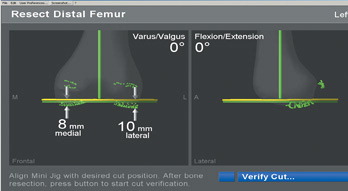
Computer navigation provides real-time 3-D imaging and guides decision making during knee replacement surgery. Component position, range of motion, and overall limb alignment are viewed during every step of the procedure. This technology allows for subtle abnormalities to be quickly identified and corrected.
Computer navigation allows precise alignment of your knee, potentially reducing wear and leading to a longer lasting knee replacement. It also helps minimize surgical dissection and reduces blood loss during surgery. Less invasive surgical techniques are leading to improved function and faster rehabilitation after knee replacement surgery.






